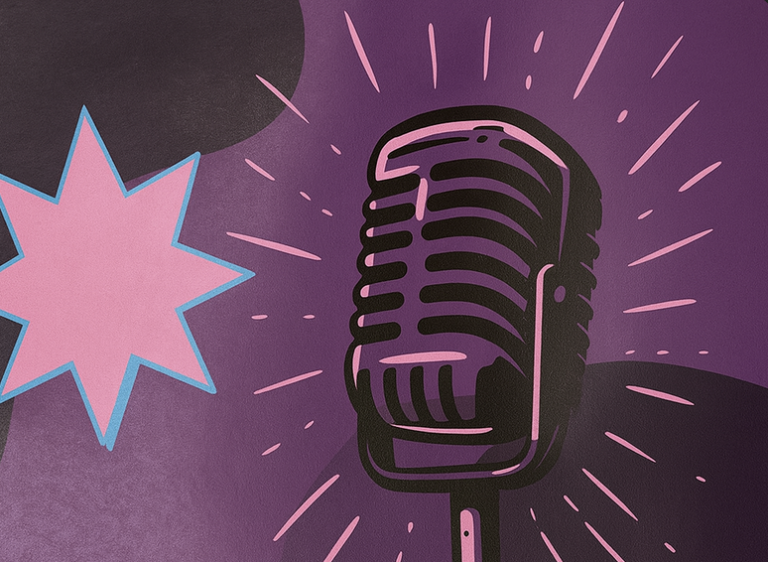Why Should I Learn Modes?
Why Should I Learn Modes?
As a guitarist, you’ve likely heard the term modes thrown around in discussions about theory or improvisation. If you’re anything like me, when you first encountered modes, it may have felt like a confusing new layer to an already complex subject. However, once you dive into learning and applying them, modes become powerful tools that can unlock new ways to express yourself musically.
In this blog post (with a video link for a more in-depth explanation), I’ll walk you through the key reasons why learning modes is essential for any serious musician.
What Are Modes?
Before we get into why you should learn modes, let’s quickly clarify what they are. A mode is simply a scale derived from a parent scale by starting on a different note and keeping the same notes. For instance, if you take the C major scale (C, D, E, F, G, A, B) and start on D, you get the Dorian mode (D, E, F, G, A, B, C). The same concept applies for all modes.
There are seven modes in total, each based on a different scale degree of the major scale:
- Ionian (the major scale)
- Dorian
- Phrygian
- Lydian
- Mixolydian
- Aeolian (the natural minor scale)
- Locrian
Why Modes Matter for Musicians
- Expand Your Harmonic and Melodic Vocabulary
Learning modes introduces you to new flavors in your playing. Each mode has its own distinctive sound and mood. For example, Dorian has a jazzy, minor feel with a bright 6th, while Phrygian has an exotic, almost Spanish vibe with its flattened 2nd. By learning and applying these modes, you gain access to a broader harmonic and melodic palette, perfect for genres from jazz and fusion to rock and metal. - Improve Your Soloing
Many guitarists hit a wall when soloing, often defaulting to the minor pentatonic or major scale shapes. Modes give you a fresh framework for improvisation. For example, if you’re playing over a minor chord progression, instead of just sticking to the Aeolian mode (natural minor), you could explore Dorian for a more colorful sound. The Mixolydian mode is great for solos over dominant 7th chords, giving your playing that “bluesy” or “funky” edge. Modes help you break out of scale patterns and create more dynamic and emotional solos. - Unlock New Chord Progressions
When you understand modes, you’re not just expanding your lead playing; you’re also enriching your chord progressions. Each mode implies a different harmonic landscape. For instance, Lydian has a raised 4th that opens up interesting chord possibilities. Suddenly, you’ll find yourself writing progressions that sound more unique and less like standard major/minor sounds. - Better Understand Music Theory
Modes are a gateway to deeper music theory knowledge. When you learn modes, you’re not just memorizing patterns on the fretboard; you’re understanding how harmony and melody interact. This knowledge is invaluable if you want to communicate better with other musicians, write more sophisticated music, or even teach music one day. - Adapt to Different Genres
Many genres rely heavily on modal playing. Jazz guitarists frequently employ Dorian and Mixolydian modes. Rock and metal musicians often use Phrygian and Locrian to create darker, more aggressive sounds. By learning modes, you make yourself more versatile and capable of stepping into any genre with confidence.
Check out my video for a deeper dive into modes and how to start incorporating them into your music today!
By Henry Bahrou, Guitarist, Music Theorist, Music Academy School Director

Guitar Lessons • Piano Lessons • Drum Lessons • Bass Guitar Lessons • Violin Lessons • Flute Lessons • Trumpet Lessons • Trombone Lessons • French Horn Lessons






